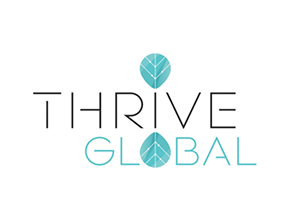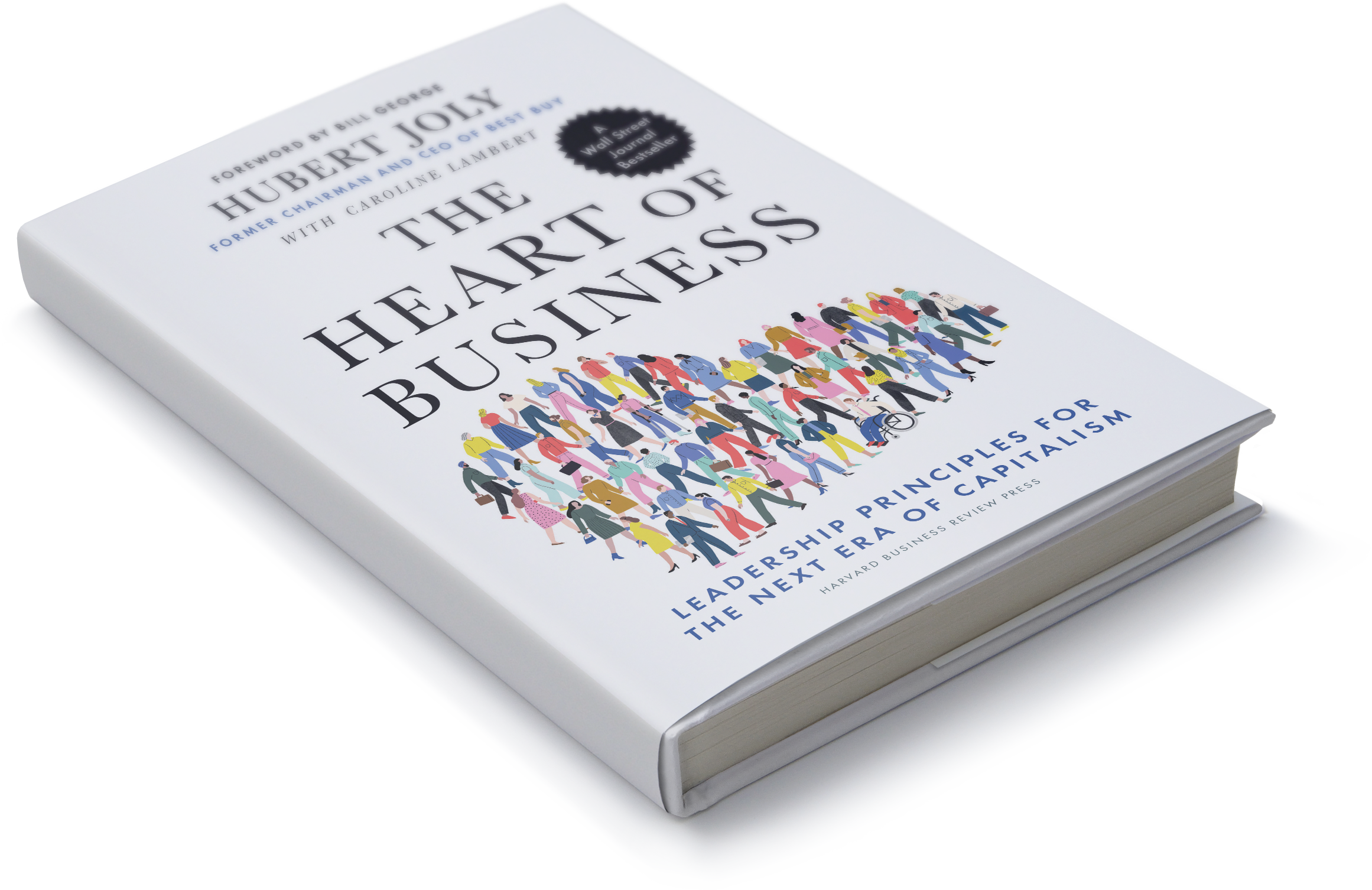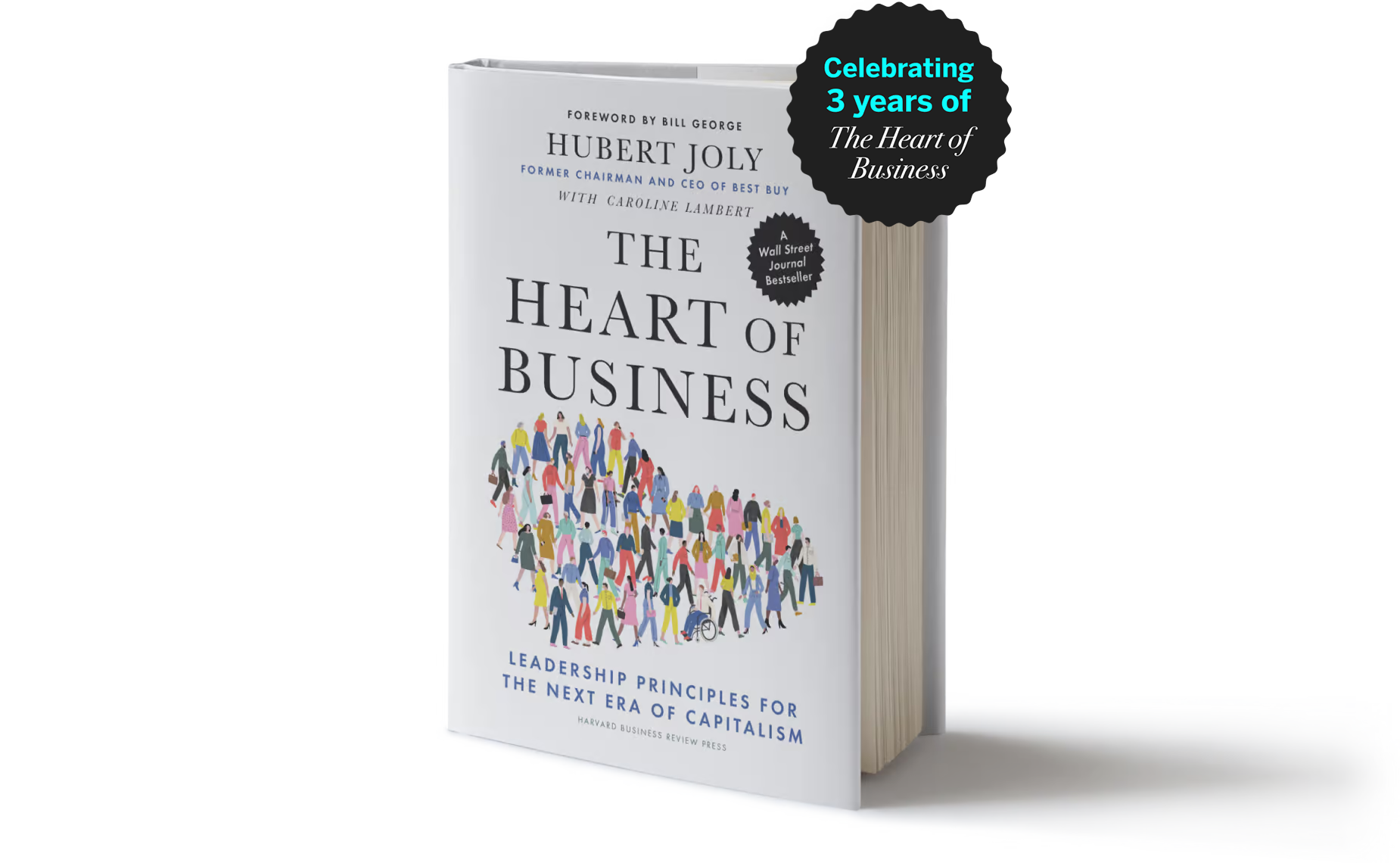When we embrace vulnerability, learn from failure, and strive to be our best, we can truly and deeply connect with others.
When I became the CEO of Carlson Companies, which owned Carlson Wagonlit Travel and other brands like Radisson Hotels and TGI Friday’s, the head of HR, Elizabeth Bastoni, asked me if I wanted to work with an executive coach. You will not be surprised to know that I was reluctant. I had no problem with coaching for my tennis game or skiing. But my job was another matter. In fact, if you had told me at that time that a fellow executive was using a coach, I would have thought, What is wrong with that person? What problem does he or she have? In my defense, executive coaching at the time was perceived as remedial. So why should I get a coach? Elizabeth explained that Marshall Goldsmith helped successful leaders become even better. His list of clients was impressive. Suddenly, it was as if I had been told: I see you love playing tennis and you’re good at it. Would you like to continue to improve your game?
Of course I wanted to get better! So I started working with Marshall. I learned to look at feedback as “feedforward” and to choose areas I wanted to work on. It is a subtle but important distinction: I was not focused on fixing a problem, but rather deciding what I wanted to get better at. This is how I learned to thank people for feedback, tell them what I was working on, and ask them for advice. I learned to check in with them, hear from them how I was doing, and ask for more advice. I learned to embrace the feedback I used to put aside.
Through the experience of someone close to me who was dealing with depression, I later discovered that psychologists echo Father Samuel’s words on perfection, vulnerability, love, and human connections. Perfectionism, it turns out, is not good for you: abundant research has linked it to depression, anxiety, eating disorders, and even suicide.2
All those years, I expected others to be impossibly perfect, while ignoring my own vulnerabilities. This severely limits human relationships—and therefore collaboration, effective teamwork, and leadership. Employees are more inspired by vulnerable leaders than leaders who project unreasonable strength and perfection, because we relate and bond through our imperfections. Brené Brown, who defines herself as a “researcher, storyteller, Texan,” has spent the past two decades studying vulnerability, courage, shame, and empathy. She explicitly lists connection as one of the gifts of imperfection—along with courage and compassion.3 What stands in the way of connection, she has found, is shame, or the fear that there is something that, if others see and know about us, will make us unworthy of connection. People who felt a strong sense of love, connection, and belonging, on the other hand, were those who had the courage to be imperfect and who embraced vulnerability.4 All this taught me that there can be no genuine human connection without vulnerability, and no vulnerability without imperfection.
I have also learned from other business leaders about how the quest for perfection hinders rather than advances great work. Alan Mulally, the former CEO of Ford, was kind enough to share how, early in the company’s turnaround, he had encouraged his colleagues to openly admit when and where they had problems.
When Alan became CEO in 2006, Ford was expected to lose $17 billion that year. And it did. As he put it, the company did not have a forecasting problem: it had a performance problem, part of which was a corporate culture in which admitting problems was seen as a sign of weakness. Alan implemented a “traffic lights” color system for reports on key performance areas, which were discussed every Thursday during his Business Plan Review meetings. All the members of the leadership team had to color-code the weekly status report against their teams’ goals: green when everything was on track; amber when things were off the rails, but there was a plan to get back on track; and red where performance was off, and the team did not yet have a plan to get back on course.
Alan told us how, in the first few weeks, everything was green. The company was facing a substantial loss, but looking at the charts, everything was going according to plan. “You know, we are losing billions of dollars,” Alan pointed out. “Isn’t there anything that’s not going well?” Mark Fields, who would later succeed Alan as CEO, was the first to take a risk and admit that not everything was perfect. He was then in charge of Ford’s Americas operations, and he had a problem with the highly anticipated launch of the Ford Edge in Canada: testing had revealed a grinding noise in the suspension that had not yet been resolved, and he had decided to put the launch on hold. At the next weekly meeting, he characterized the launch as red and explained that they had not yet figured out how to solve the problem.
According to Alan, eyes went to the floor, and the air left the room. But Alan began to clap. “Who can help Mark with this?” he asked. Suddenly, someone raised his hand: he would send his quality experts right away. Someone else offered to ask suppliers to check their components. Alan, himself an engineer, did not jump in. He relied on his team to collaborate, rather than insert himself. The problem with the Ford Edge was resolved quickly.
It took a few more weekly meetings, but eventually more red and amber appeared on the charts. By then, everyone on the team trusted that they could openly acknowledge problems and would help each other turn red into amber and then green.
Alan Mulally’s story illustrates another problem with the quest for perfection: no one can ever have all the answers. In healthy work environments, no one will be afraid of saying they do not know. Yet as obvious as that sounds, many people still believe that saying “I don’t know” is viewed as weakness. I remember as a teenager, one of my parents’ friends, who was a businessman, asked me a question. I cannot remember the question, but I remember saying to him: “I don’t know.”
He looked at me and said: “Young man, I hope you will never say that in the business world, because this is admitting a weakness, and you should never do this. This will limit your potential.”
I have wrestled with perfectionism, but even back then, this made no sense to me. If I did not know, well, I did not know! What was wrong with that? I could always learn and find out. I was not pigeonholing myself by saying I am not good at math, or I am not a visual thinker. I was not saying I cannot know. I just did not know. If someone asks you about last month’s market share or what section 1502 of the Dodd-Frank act is all about, there is nothing wrong with saying, “I don’t know. Let me look into it!”
Alan Mulally thwarted perfectionism so problems could be acknowledged and resolved. Amazon’s CEO Jeff Bezos points out that perfectionism also impedes innovation by making us afraid to fail. “I believe we are the best place in the world to fail,” he wrote in a letter to shareholders. “Failure and invention are inseparable twins. To invent, you have to experiment, and if you know in advance that it’s going to work, it’s not an experiment. Most large organizations embrace the idea of invention but are not willing to suffer the string of failed experiments necessary to get there.”5
Learning about the benefits of imperfection would profoundly transform how I approached my role at Best Buy, and without it, the transformation might not have gone the way it did. Once Best Buy successfully emerged from its turnaround and embarked on a growth strategy, we worked hard to shift a collective mindset away from perfectly hitting targets and toward what Stanford University professor of psychology Carol Dweck defines as a “growth mindset,” or the idea that talent and abilities can be developed through effort and learning. Mistakes and failure are essential to learning, but they do not sit well with perfectionism, which is instead associated with a “fixed mindset”—the view that abilities are innate and fixed. Carol Dweck points out that wanting to be seen as perfect is often called the “CEO disease,” as it afflicts many leaders.6 Unfortunately, the need to establish superiority by exhibiting effortless perfection means there is little incentive to take on anything challenging—and therefore to learn—for fear of failing.
So much of business life is driven by the quest to be “the best” or “number one”—a symptom of Dweck’s fixed mindset. Many companies, Best Buy included, have a system of scorecards and rankings to measure and reward performance. Rankings are everywhere. Being the best is even in Best Buy’s name. It is a disease—one that, according to psychologists, feeds a growing and self-defeating quest for perfection.7 The problem is, the idea of being the best implies that the world is a zero-sum game. There is room for only 10 people or companies in the top 10. You can only become number one by knocking off someone else. And then what do you do when you become number one? There is nowhere else to go but down. Of course, there is competition, and competition is important. But competition against oneself, or doing better tomorrow than we did yesterday, takes us much further than obsessively measuring ourselves against others.
We all work—and lead—best when we embrace vulnerability, learn from failure, and strive to be our best rather than the best. For it is in these imperfections that we can truly and deeply connect with others.
This excerpt from The Heart of Business was originally published on ThriveGlobal.



